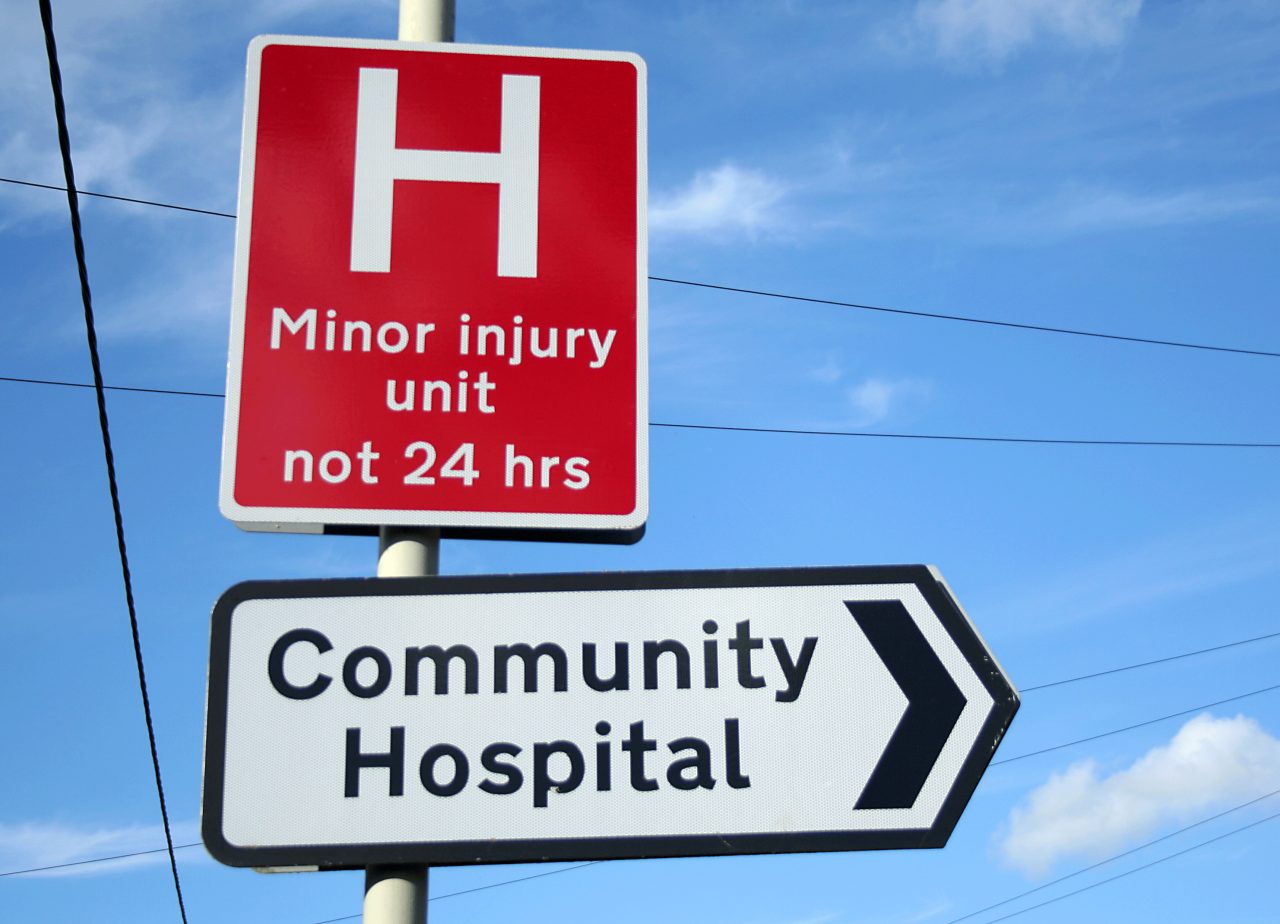Will More Medical Care Come to Rural Areas?

Many rural people live dangerously far from a hospital, while many rural hospitals are closing. Congress has acted to fill the gaps. Will they help?
All over the United States, it can be hard to get a specialist appointment when you need one. The nation has a shortage of doctors and hospital beds, according to a report from the nonprofit Commonwealth Fund. Meanwhile, people see doctors less often than they do in other high-income countries.
Still, you’re far better off if you live in or near cities. Rural areas are short of:
- Home healthcare workers
- Primary care doctors
- Dentists
- Obstetricians
- Psychiatrists
- Substance abuse counsellors
Congress has taken some action to fill the needs. The Affordable Care Act and Medicaid expansion helped millions of Americans, including rural residents, obtain health insurance. But more needs to be done.
YOU MIGHT ALSO LIKE: The Primary Care Doctor Shortage
Keeping hospitals open
About 140 rural hospitals have closed since 2010, with more at risk.
Some $15 billion in federal dollars sent to hospitals to address the COVID-19 pandemic helped keep many rural hospitals going. As that income stream has dried up, however, closures are accelerating.
According to one report, about 30 percent of all rural hospitals are on shaky ground. In some cases, if they close, local residents would have to travel long distances just to get a lab test or x-ray.
In Arkansas, Mississippi, West Virginia, Louisiana, and Alabama, more than half the population must drive more than 45 minutes to reach a hospital that can provide advanced stroke care. Large chunks of the residents are that far from even basic stroke care.
Trying to save emergency services, Congress has created a new kind of facility designation, called a rural emergency hospital. To qualify, a hospital must run a full time emergency department and commit to discharging or transferring patients that need inpatient care within 24 hours. In exchange, they will receive monthly payments worth millions and higher Medicare reimbursements.
That’s tempting for small hospitals, many of which get little in-patient revenue anyway. The plan creates other problems, however. Residents want a local hospital in which they can stay as long as they need. It can also be extremely difficult to transfer patients within 24 hours.
Natural disasters, meanwhile, can make roads impassable during emergency medical situations.
To address such issues, Medicare will reimburse telehealth services from another facility to a patient associated with a rural emergency hospital.
Some rural hospitals that choose not to participate in the program and keep inpatient care may shut down services, with the expectation that pediatrics and obstetrics will often go first.
Increasing the number of doctors
The number of active residents — doctors who are learning on the job — has been increasing by about 5,000 each year. Although residencies send medical school graduates into emergency care training and rural areas, those slots still tend to cluster in the urban Northeast.
More than 65 percent of the areas designated as being short of primary care doctors are rural, as you can see on this color-coded map. In West Virginia, North Carolina, Mississippi, and Kentucky residents need about twice as many primary care doctors.
The National Health Service Corps provides scholarships to students and loan repayment programs for graduates who agree to practice in an underserved area. The program emphasizes addiction treatment and covers dentists, nurse practitioners, nurse midwives, and physician assistants, in addition to doctors. About 80 percent of its members continue to practice in an underserved community, often a rural one.
Some public health schools, such as the East Tennessee State University College of Public Health, offer rural training tracks and certificate programs. Many of the federally funded rural health research centers are also located within public health schools and offer student research and training opportunities through assistantship programs.
Allowing telehealth
During the COVID-19 pandemic, Medicare and many states lifted rules that restricted clinicians from delivering care over the phone or via video. Some of those changes became permanent.
Telehealth can be especially helpful for mental health and addiction services. As such, Medicare now reimburses those services without any geographic restrictions.
Rural states are more likely to allow clinicians with out-of-state licenses to use telehealth to treat their residents. The lack of broadband access in many rural areas, however, may be a problem (although telehealth apps for smartphones can lessen that problem).
Other unmet needs
Rural communities tend to have a greater portion of elderly residents than cities do; many young people move to cities for education and jobs. Home healthcare and services for people with multiple chronic conditions, who are often older, are both growing needs.
Then there’s mental health. The opioid epidemic and other addictions have hit rural areas hard. Substance abuse care, mental healthcare, and especially psychiatrists are scarce, although telehealth is beginning to make a difference. In addition, there is a shortage of dentists and obstetricians.
That’s a daunting list of shortages — which means that rural residents must be especially careful to take care of themselves, get preventive care, and see a doctor early when a problem develops.
Updated:
November 08, 2023
Reviewed By:
Janet O’Dell, RN